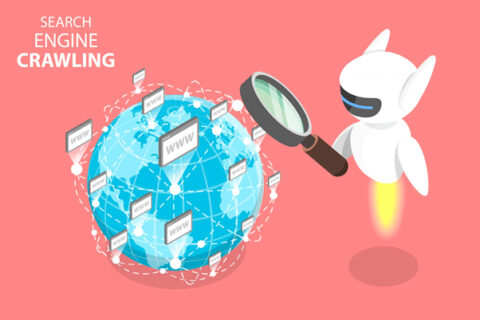Do you know that the issue of data security has been discussed very widely recently? The percentage of employees working remotely in Los Angeles is constantly increasing and we rely more and more on cloud technologies. What is ‘data storage’, by the way?
A data storage system (DSS) is a conglomerate of specialized hardware and software that is designed to store and transfer large amounts of information. Allows you to organize the storage of information on disk platforms with optimal allocation of resources.
Why was there a need for data storage in Los Angeles?
According to the general opinion of analysts, the volume of stored and processed information is growing every minute in organizations around the world. Unique information is becoming more and more expensive, its volume increases many times every year, and its storage requires costs for every company in Los Angeles. In view of this, organizations strive not only to shape the development of data storage infrastructure, but also to seek opportunities to improve and increase the economic efficiency of storage: reducing energy consumption, service costs, total cost of ownership and purchase of backup and storage systems.
The growth of data volumes in Los Angeles, increased requirements for storage reliability and data access speed make it necessary to allocate storage facilities into a separate subsystem of the computing complex (VC).
There is a noticeable development of the need not only for the acquisition of storage by corporate clients in Los Angeles, but also for strict accounting, auditing and monitoring of the use of expensive resources. There is nothing worse than stopping business processes due to the inability to obtain the necessary data in a timely manner (or their complete loss), and this can lead to irreversible consequences.
Areas of application of storage
Traditional data warehouses can be found everywhere. They are designed to generate reports that help to understand what happened in the company. However, this is the first step, the basis.
It becomes not enough for people to know what happened, they want to understand why it happened. To do this, we use business intelligence tools that help us understand what the data says.
This is followed by using the past to predict the future, building predictive models: which customers will stay and which will leave; which products will succeed and which will fail, etc.
Some organizations in Los Angeles are already at the stage when data warehouses are beginning to be used to understand what is happening in business at the present time. Therefore, the next step is to “activate” the front—end systems using solutions based on data analysis, often in automatic mode.
In the public sector, the growth in the volume of stored data supports the widespread transition to interdepartmental electronic document management and the creation of departmental analytical resources based on a variety of primary data.
An equally powerful wave is created by ordinary users who post their photos, videos on the Internet and actively exchange multimedia content on social networks.


